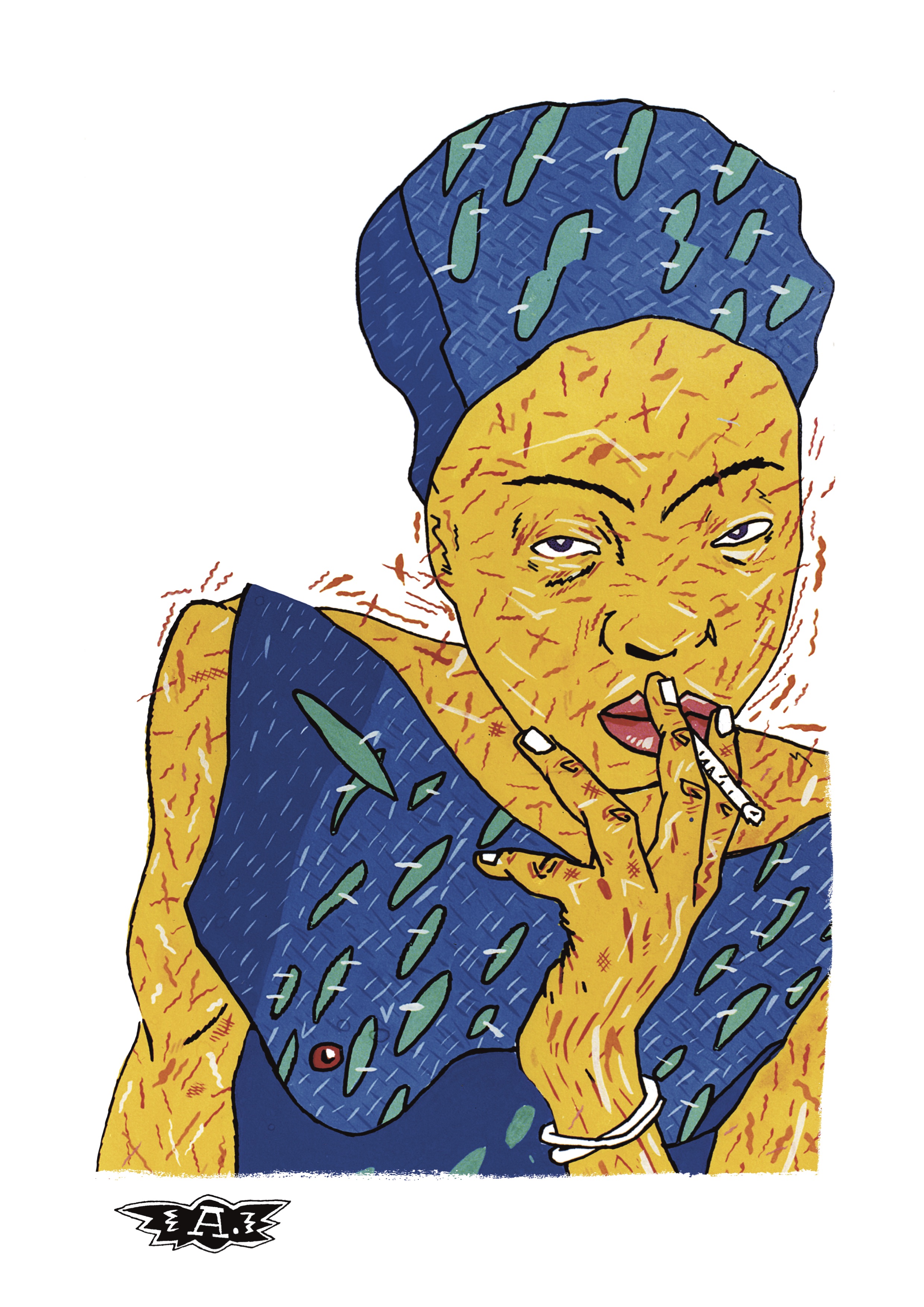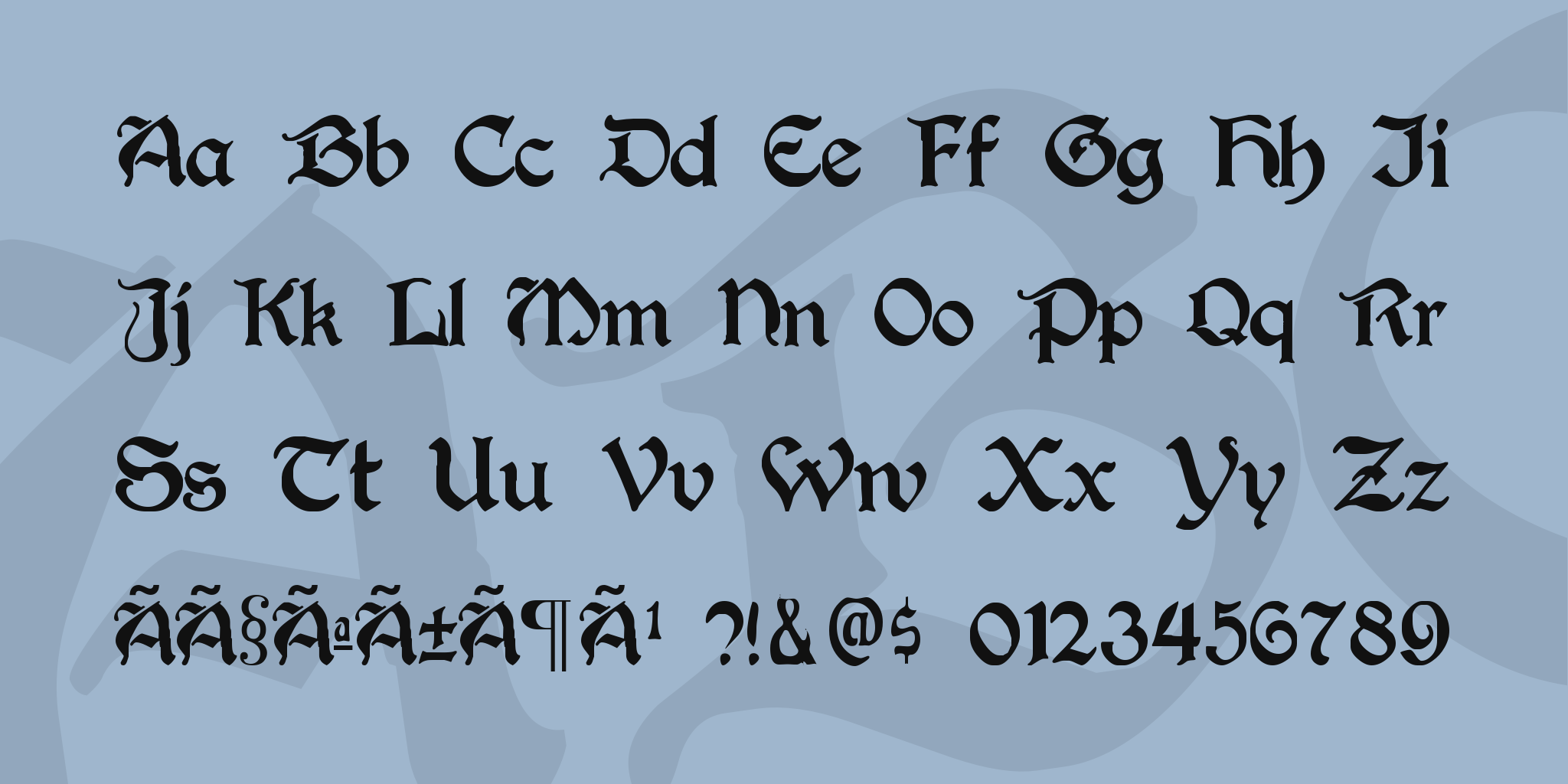Have you ever come across text online that just doesn't look right, a jumble of symbols where clear words should be? Maybe it's a person's name, a product description, or even an email, appearing as odd characters like "Ã", "ã", or "€". This can be a bit confusing, you know, when you're trying to read something important or learn about someone. It's a common issue in our digital interactions, and it often has to do with how computers handle different kinds of writing systems from around the globe.
When we talk about names, especially those from languages with unique scripts, like Arabic, getting them to show up correctly on a screen is, in some respects, a very important part of making sure everyone feels included and understood. Think about a name such as جريير هاموند هق; if it doesn't display properly, it can really obscure who that person is or what they are about. This isn't just a small annoyance; it can mean information is lost or misinterpreted, which is actually a pretty big deal.
This kind of digital mix-up, where symbols replace what you expect to see, happens for a few reasons, and it's something many websites and applications grapple with. It's almost like a secret language that your computer is trying to speak, but it's using the wrong dictionary. We're going to explore what causes these visual oddities and, just a little, how we can work to make sure names, like that of جريير هاموند هق, are always presented with the clarity and respect they deserve.
Table of Contents
- The Story of جريير هاموند هق - A Digital Biography
- Personal Details - What We Know About جريير هاموند هق
- Why Do Names Like جريير هاموند هق Sometimes Look Odd Online?
- The Mix-Up - When Characters Go Astray
- How Can We Spot These Tricky Character Issues with جريير هاموند هق's Name?
- Checking Your Data - A Look at جريير هاموند هق's Digital Footprint
- What Steps Can Help Display جريير هاموند هق's Name Correctly?
- Getting Things Right for جريير هاموند هق - Practical Tips
The Story of جريير هاموند هق - A Digital Biography
When we think about individuals who make a mark, we usually consider their achievements, their influence, or perhaps the tales that surround their lives. For someone like جريير هاموند هق, the very act of presenting their name correctly in the digital space becomes a part of their story. Imagine trying to learn about a person, perhaps a scholar or a public figure, only to find their name appears as a puzzle of symbols. This can be quite frustrating, and it actually happens more often than you might think.
The biographical details of a person, like their birth date, where they grew up, or the work they did, are usually conveyed through words. When those words, especially names, get scrambled, it’s like trying to read a book with some pages torn out. It’s a bit like seeing "ë, ã, ã¬" instead of clear letters, which can really make it hard to connect with the information. This problem, you know, affects how we perceive and access knowledge about people, including figures such as جريير هاموند هق.
So, while we might not have all the traditional life details for جريير هاموند هق right here, the story of their name in the digital world is a story in itself. It’s a narrative about how different computer systems try to speak to each other, and sometimes, they just don't quite get it right. This digital biography, in a way, is about the journey of their name through various encodings and databases, and the occasional bumps it encounters along the way. It’s a very common issue, really, for names that use characters beyond the basic English alphabet.
- Sophieraiin Ed
- 51%C3%A5%C6%92%C3%A7%C5%93%C3%A5%C3%A5
- Chicago
- Libra Astrology Compatibility
- 51%C3%A5%C6%92%C3%A7%C5%93%C3%A5%C3%A5%C3%A5
The challenges of displaying names like جريير هاموند هق correctly online are often tied to technical choices made years ago. For instance, some older systems might use a standard like UTF-8 for the header page, but then a different encoding for the MySQL database. This kind of mismatch is a pretty typical scenario that can lead to those strange character combinations. It’s like trying to fit a square peg in a round hole, so to speak, and the name ends up looking like a mess of symbols.
When we talk about the life story of جريير هاموند هق, we are also talking about how their identity is represented in the digital realm. If their name consistently appears as "0 é 1 ã© 2 ã â©", it creates a barrier to recognizing who they are. This isn't just about a computer glitch; it’s about respect for cultural and linguistic diversity. It’s important to make sure that these digital representations are accurate, otherwise, it can lead to a lot of confusion and a sort of digital invisibility for the person, which is not what anyone wants, really.
Personal Details - What We Know About جريير هاموند هق
While specific personal details for جريير هاموند هق might be hard to come by in a general context, we can think about how such information would typically be presented and, more importantly, how it might go wrong in a digital setting. Imagine a table of biographical facts; each piece of information, from a birth date to a place of origin, relies on characters being shown correctly. If these details were to appear as a garbled string, say like "Ãâ¢ã¢â€šâ¬ã¢â€žâ¢" instead of a simple apostrophe, it would certainly make the data pretty unreliable.
Here’s a general idea of how personal information might be organized for someone, keeping in mind that the correct display of each entry is very much dependent on proper character handling. This table, you know, serves as a placeholder to show how important clear text is for any kind of record. It’s a fundamental building block for digital identity, actually.
| Detail | Information (If Correctly Displayed) |
|---|---|
| Full Name | جريير هاموند هق (Jarir Hamoud Hanash - approximate transliteration) |
| Nationality | (Would be clearly stated, not "é") |
| Occupation | (Would be readable, not "€œ") |
| Known For | (Would be understandable, not "½Ò÷· [ÑÞôû¹ï»½}") |
| Date of Birth | (Numbers and slashes, not "Ã") |
As you can see, every single piece of data in this table is subject to the digital encoding issues we're talking about. If a system is using ASP.NET 2.0 with a database, and the character settings aren't quite aligned, even simple things like an apostrophe can turn into something like "’" when retrieved from an MSSQL server. This means that even if the apostrophe looks fine in the SQL manager, it might change when it gets to your application. It's a subtle but really important distinction, you know, that can mess up an entire name or piece of information.
This challenge is not just about showing the name جريير هاموند هق; it’s about making sure all the supporting information, the little details that paint a picture of a person, are also presented without digital hiccups. If 40% of your database tables, not just product-specific ones, contain these odd characters, it's a pretty widespread problem that needs looking into. It’s about making sure that the digital representation of a person is as clear and accurate as possible, which is a fairly big task when dealing with different systems and encodings.
Why Do Names Like جريير هاموند هق Sometimes Look Odd Online?
It's a really common question, actually, why text, especially names with characters that aren't part of the basic English alphabet, sometimes appears as a garbled mess on our screens. This phenomenon has a specific name: "mojibake," which comes from a Japanese term meaning "character transformation." Basically, it happens when text is put into a computer system using one set of rules for characters, but then it's read or shown using a different set of rules. It’s like trying to read a message written in a secret code when you don't have the right key, so you get nonsense instead of clear words, you know.
Think about a name like جريير هاموند هق. This name uses characters from the Arabic script. For a computer to show these characters correctly, it needs to know how to interpret the underlying data. If your web page header says it's using UTF-8, but your database is storing the information with a different encoding, or even an older version of UTF-8, you're going to run into problems. This mismatch is a pretty typical scenario that leads to things like "Ã", "ã", or "¢" showing up where an Arabic letter should be. It's a very common source of these visual issues, really.
Another way this happens is when you have multiple extra encodings that seem to follow a pattern, like "0 é 1 ã© 2 ã â©". This isn't random; it's a systematic replacement of symbols. The computer is trying its best to display something, but because it's using the wrong character map, it ends up showing completely unrelated symbols, sometimes even from a different writing system altogether. This is often the case when a general replacement character appears in places where the system just can't figure out what to do. So, in a way, it's the computer saying, "I don't know what this is, so here's something else."
The Mix-Up - When Characters Go Astray
The core of the problem, when names like جريير هاموند هق appear garbled, often lies in what we call character encoding. Every letter, every symbol, every accent mark on your keyboard has a specific number that a computer uses to represent it. Encoding is the rulebook for mapping those numbers to actual visible characters. If the rulebook used to save the information is different from the rulebook used to read it, you get a digital translation error, which is what mojibake essentially is. It’s a pretty fundamental issue in how digital text is handled.
Consider the accented letters, like 'a' with a grave or an umlaut. Learning how to type these using keyboard shortcuts is one thing, but making sure they show up correctly across different systems is another. The challenge is that older systems or certain database settings might not fully support the wide range of characters that modern encoding standards, like UTF-8, can handle. For instance, if you're using an older ASP.NET 2.0 application with a database, you might find that characters that look fine in one place, say a SQL manager, turn into weird symbols when viewed on the website's front end. This happens quite a lot, actually, with product text or names.
A common culprit is when a database, or even just certain tables within it, is set up with a collation like `utf8_general_ci` but the connection or the application expects a more complete encoding like `utf8mb4`. The `utf8mb4` standard can handle a much wider array of characters, including emojis and many non-Latin scripts, which `utf8_general_ci` might not fully support. So, if your database has characters that need `utf8mb4` but is only using `utf8_general_ci`, you might see things like "€œ" instead of a proper quotation mark, or "Ãâ¢ã¢â€šâ¬ã¢â€žâ¢" where an apostrophe should be. It’s a very specific technical detail that has a pretty big visual impact on names like جريير هاموند هق.
This mismatch can affect various parts of a system.
Related Resources:



Detail Author:
- Name : Axel Lynch
- Username : ucole
- Email : koch.libbie@konopelski.com
- Birthdate : 1993-12-15
- Address : 7938 Clint Place Suite 944 New Earlenechester, NJ 98715-4404
- Phone : +16814903585
- Company : Koch-Lindgren
- Job : Organizational Development Manager
- Bio : Aut ea ut quaerat ea quis. Doloremque consequatur consequuntur officiis aut. Ea magni quaerat asperiores nam. Maiores necessitatibus adipisci omnis quod culpa consectetur reprehenderit.
Socials
tiktok:
- url : https://tiktok.com/@erdmane
- username : erdmane
- bio : Vel repellendus incidunt vel repudiandae esse doloremque.
- followers : 5300
- following : 2533
facebook:
- url : https://facebook.com/erdman2018
- username : erdman2018
- bio : Repellat aut et laboriosam. Modi voluptatibus illo neque corporis consequatur.
- followers : 3418
- following : 734
instagram:
- url : https://instagram.com/elbert_erdman
- username : elbert_erdman
- bio : Sunt in numquam et doloribus minus ut. Beatae enim ipsam qui quis.
- followers : 1142
- following : 128
linkedin:
- url : https://linkedin.com/in/elbert.erdman
- username : elbert.erdman
- bio : Dignissimos minus totam eius aliquid.
- followers : 2150
- following : 2329
twitter:
- url : https://twitter.com/elbert.erdman
- username : elbert.erdman
- bio : Ut dolores accusantium adipisci provident quos. Sint omnis est sed ipsum. Eius ut consequatur ut quaerat ea impedit amet.
- followers : 5387
- following : 2939